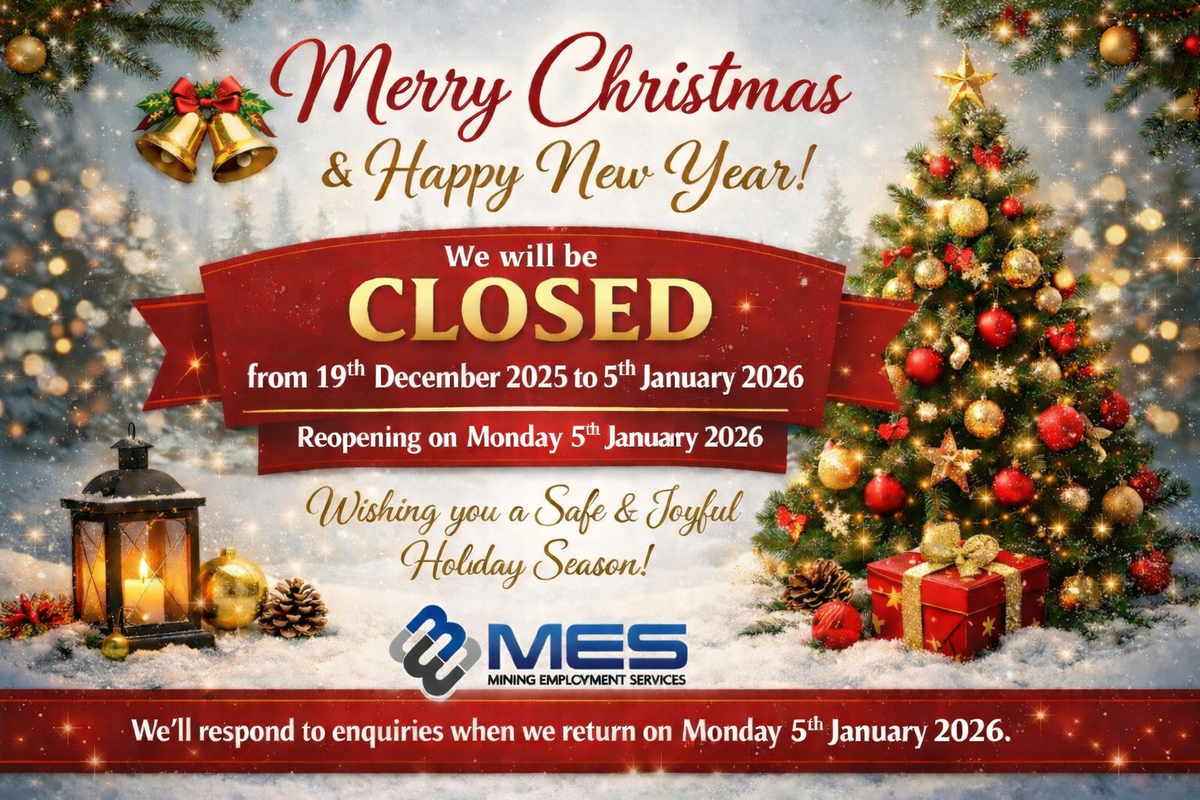17 November 2025 | Hillgrove, NSW – Larvotto Resources (ASX: LRV) has reported strong first-pass diamond results from the Freehold prospect, just 1.2km east of the Hillgrove processing plant, confirming broad and high-grade antimony–gold (Sb–Au) across multiple lodes and highlighting tungsten (WO₃) as a potential by-product stream.
Drill highlights (maiden diamond program, best intervals):
• FRE016: 14m @ 4.25g/t AuEq from 89m, including 2.6m @ 19.09g/t AuEq from 99.4m
• FRE017: 3.5m @ 12.46g/t AuEq from 136m
• FRE019: 7.0m @ 5.03g/t AuEq from 122m, including 3.2m @ 8.38g/t AuEq from 124.6m
• Tungsten associated with Sb–Au lodes: SLV004: 0.6m @ 2.23% WO₃ from 76.7m; SLV006: 0.5m @ 3.43% WO₃ from 154.8m
Why it matters
Freehold’s results validate Larvotto’s near-mine targeting of historically mined stibnite–gold lodes and demonstrate continuity along strike and at depth. With tungsten occurring within the same structures—and a tungsten extraction circuit already in place at Hillgrove—the project gains a clear multi-commodity angle at a time when antimony, gold and tungsten prices remain elevated in 2025. Drilling continues at Freehold, with parallel activity across Metz and Swamp Creek.
Project context
Hillgrove is a long-lived Sb–Au district where Freehold was mined from the late 1800s and, more recently, by NEAM (1974–2002) via adits, small open cuts and a 330m-deep shaft (eight levels). Larvotto’s program is testing depth/strike extensions, near-surface up-dip positions, and parallel splays, while also validating recent IP/resistivity targets. Early sections indicate open potential up-dip and along strike.
Managing Director Ron Heeks said: “Larvotto’s first drilling program at the Freehold prospect has confirmed the significant upside potential of this historic mine area. The results demonstrate consistent gold and antimony grades within and beyond the known lodes, and the presence of high-grade tungsten associated with the same structures reinforces the multi-commodity potential of the Hillgrove system. With prices for antimony, gold and tungsten hitting record highs in 2025, we see an opportunity to create a new underground mining centre at Freehold, adjacent to the current processing plant. Drilling in the area continues.”
What’s next
• Ongoing diamond drilling at Freehold, plus step-outs at Metz (Blacklode & Syndicate convergence) and Swamp Creek (new resistivity anomaly)
• Integration of Eleanora–Garibaldi assays into an updated Mineral Resource model
• Additional IP/resistivity surveys over regional targets and historical workings










